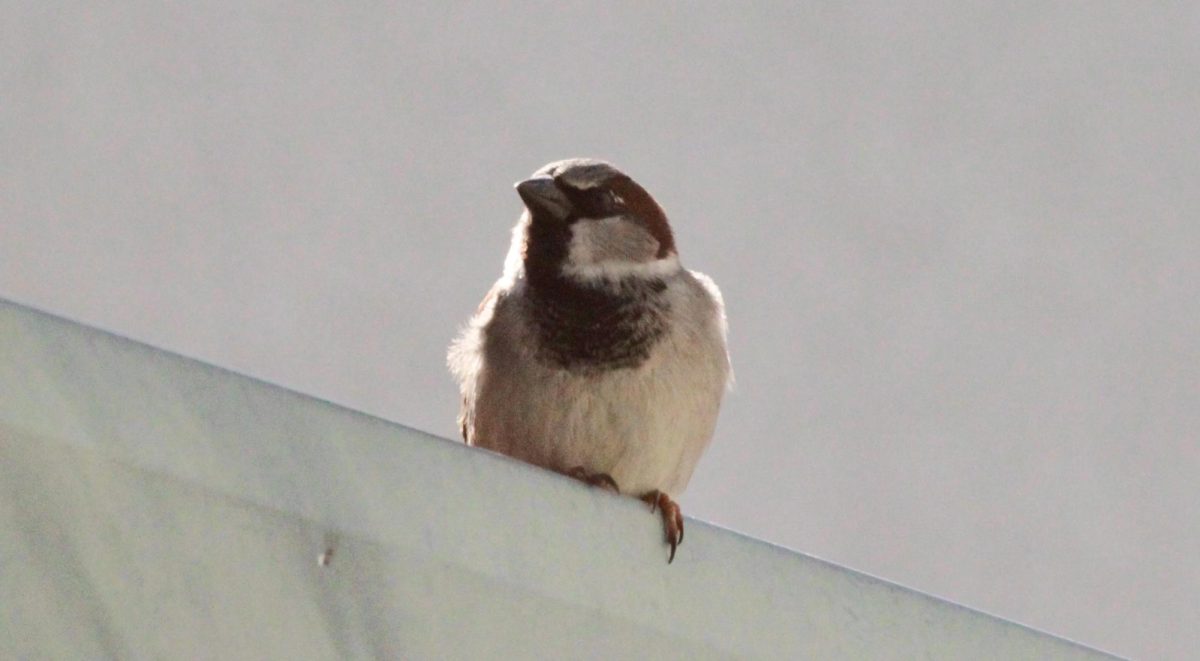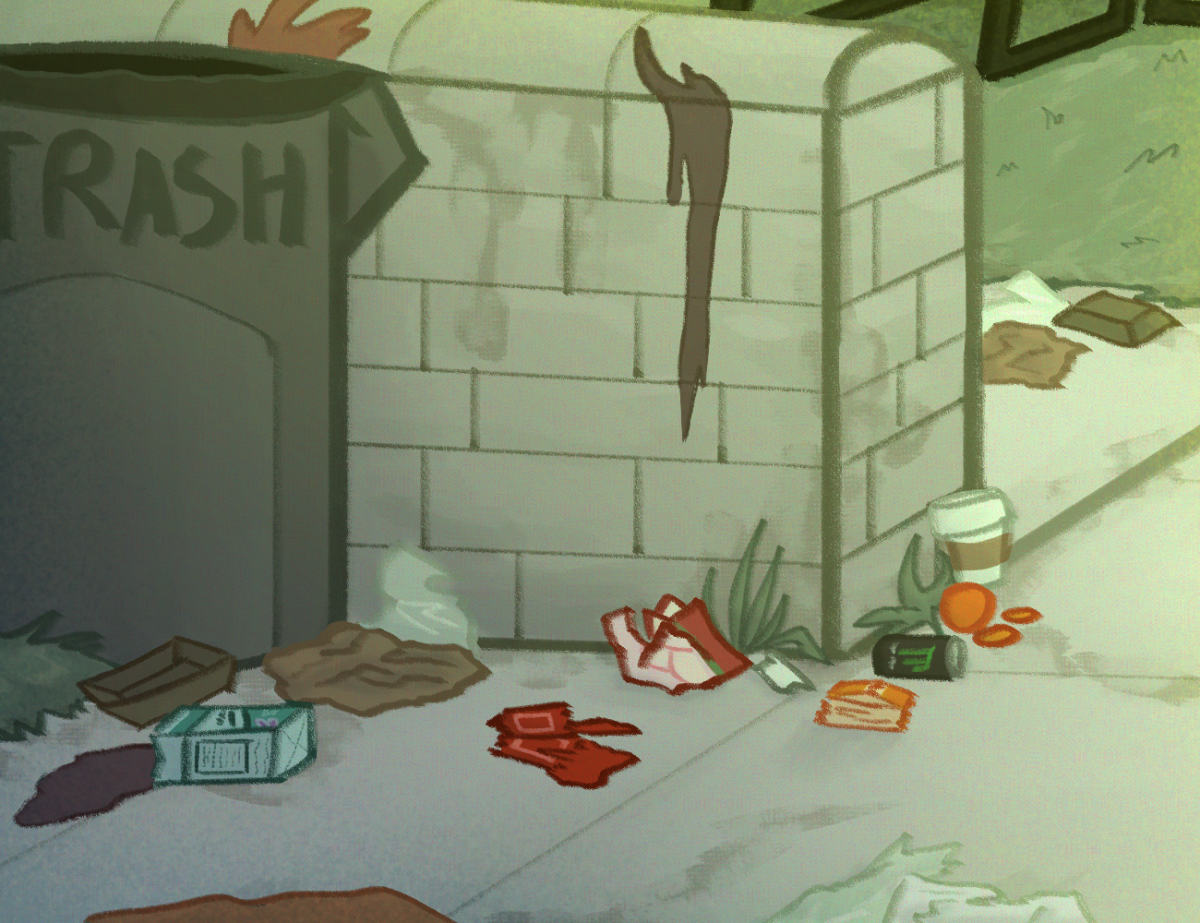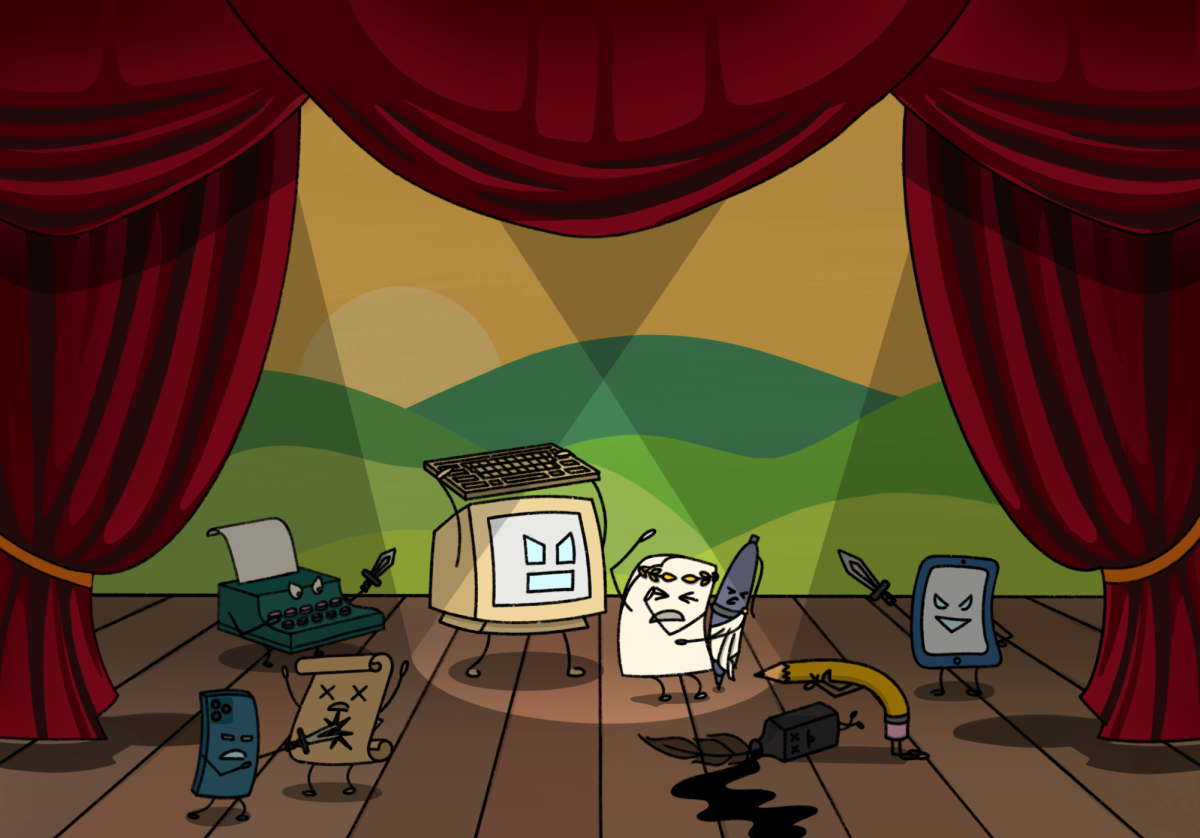The inconspicuous halls of Foothill Technology High School (Foothill Tech) are filled with students every day. However, an unsuspecting glance upward reveals another resident that shares the hallway: the common house sparrow.
House sparrows may seem cute and innocent but don’t be fooled; these birds are menaces. As one of the most widespread species in North America, house sparrows are prevalent anywhere humans are found, like cities, suburbs or farms. These sparrows are cutthroat and aggressive to everyone and everything, viciously defending their nests or driving other birds out of their homes.
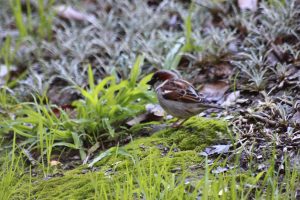
First introduced by European colonists (as most problems are) in the 19th century as a solution for keeping bugs and pests off of crops, the house sparrow is considered an invasive species and therefore, isn’t protected under the Migratory Bird Treaty Act of 1918. 200 years ago, these sparrows couldn’t be found in North America, whereas the breeding population is well into the ten millions today, easily dwarfing thousands of native species.
Hailed as a “nuisance species,” house sparrows will terrorize, attack and even kill other birds. They have a strong beak, originally adapted to eat hard grains or seeds, that they wield like a knife to pin down and stab opponents with. These sparrows aim for the head and eyes, often leaving the victim to deal with fatal blows or unrecognizably mangled. The damage doesn’t solely affect birds but humans also, as house sparrow nests can cause ventilation problems in homes or block gutters. Their droppings also contain uric acid, which can damage buildings and paint jobs over time.
House sparrows’ nests are typically foraged from dry or coarse vegetation such as tall grass and reinforced with finer materials like paper, feathers or string. They’re also extremely territorial, as the male sparrows bond more with their nests than their mate. As the true supervillains of the avian world, house sparrows will build their homes upon the dead bodies of their victims after they slaughter them in their own nesting holes. They’re also known to invade nests to crush eggs or hatchlings of other species near them.
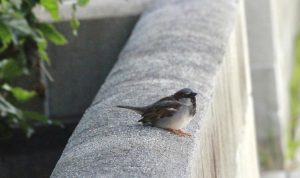
At Foothill Tech, it’s impossible to ignore the constant shrill chirping and fluttering of the house sparrows that use the campus for a nesting ground. When spring rolls around, the serenity is broken by the lively sparrows as they begin mating season. At first glance, one wouldn’t assume the menacing nature of such cute little fellows. Littered around the campus are various unsuspecting nests tucked into roof eaves or ceiling lights. The school environment provides everything these bird bullies could wish for: food supply, nest materials, shelter from the elements and humans to scare away any potential territory opponents. House sparrows often reuse the same nest holes every year, with each brood producing four to five eggs on average.
Despite the recent decline in house sparrow populations, the Cornell Lab of Ornithology considers this species a nine out of 20 on the continental concern scale, indicating a low conservation threat. As a result of their unpopular reputation, both passive and controversial methods have been developed to decrease the effects of house sparrow behavior. A popular passive method is buying nest boxes that discourage the sparrows from nesting while protecting other native nesters. However, some opt to trap, destroy or relocate house sparrow nests as a form of population control.
Although it’s easy to assume that bird nests at Foothill Tech are a good omen, that’s not the case here. House sparrows are invasive little terrors who damage buildings, demolish innocent species and displace the ecosystem. And conveniently, they’re living right above our heads.


